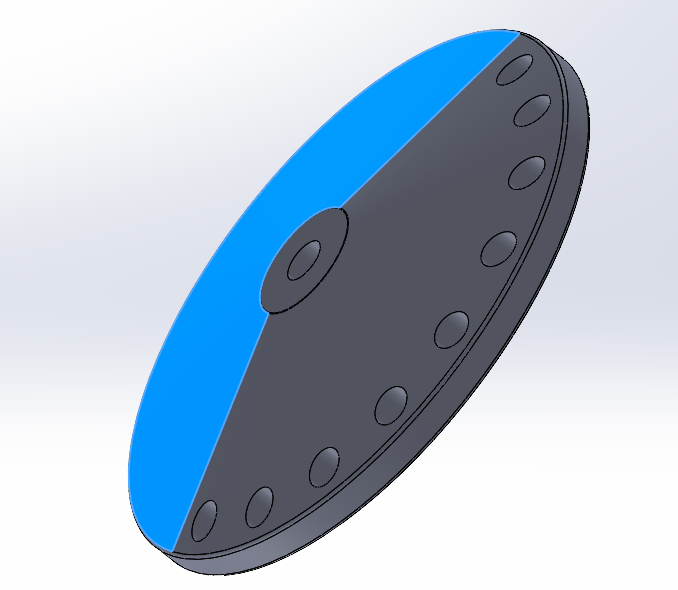
Fig 1. Drum Example generate with copilot
Research
My project focuses on developing an electric drum kit that minimizes noise, allowing its use in environments where loud sound can be a problem. An ideal instrument for musicians practicing in apartments, with noise restrictions, or any place where volume control is crucial.
Name of the component
Drum Pads: These are the main components of the electric drum kit where you strike to produce sound. They are typically made of rubber or mesh and can simulate various drum sounds, such as snare and toms.
Cymbal Pads: Similar to drum pads, cymbal pads are designed to replicate the sound of cymbals. They are usually larger and can be struck or tapped to produce different cymbal sounds, such as crash or ride.
Hi-Hat Controller: This component mimics the hi-hat cymbals. It consists of two cymbals mounted on a stand, controlled by a pedal. The pedal allows the drummer to open and close the hi-hat, creating different sounds.
Kick Pad: The kick pad is specifically designed for the bass drum sound. It is usually played with a foot pedal, allowing the drummer to produce a deep, thumping sound that is essential in most music styles.
Drum Module: The drum module is the brain of the electric drum kit. It contains the sounds and settings for the various pads. Drummers can customize sounds, adjust sensitivity, and even record their performances using the module.
Rack: The rack is the framework that holds all the components of the drum kit together. It is usually made of metal and provides stability and support for the pads, module, and other accessories.
Pedals: In addition to the kick pedal, there may be other pedals for additional functions, such as a hi-hat pedal. These pedals allow the drummer to control various aspects of the kit, such as the bass drum and hi-hat.
Necessary Materials
Electronics:
- ESP32 (with Wi-Fi/Bluetooth): Allows connection with computers, DAWs, and sound synthesis applications.
- Piezoelectric sensors: Detect hits on the pads and convert them into electrical signals.
- Resistors: Protect the sensors from voltage spikes.
- 1N4148 Diodes: Prevent current flow in the reverse direction.
- Shielded cables: Minimize interference.
- MIDI to USB interface (optional): Facilitates integration with music production software. A MIDI to USB interface allows connecting MIDI devices, like keyboards and controllers, to a computer via USB.
This facilitates integration with music production software like Ableton Live, FL Studio, or Logic Pro.
- MIDI Protocol: Standard MIDI communication uses a speed of 31,250 bps and operates at a TTL signal level of 5V. An optocoupler (e.g., 6N138 or PC900) is used at the input for electrical isolation.
- MIDI to USB data conversion: In a microcontroller with USB support, firmware can be programmed to convert MIDI messages into USB-MIDI packets. On platforms like Arduino, libraries like MIDIUSB.h can be used to handle the conversion.
- Operating system compatibility: If the device identifies itself as USB-MIDI class compliant, it will work without additional drivers on Windows, macOS, and Linux.
3D Printing:
- PLA/PETG filament: PLA for rigidity, PETG for mechanical resistance.
- Custom pad designs: Safe spaces for piezoelectric sensors.
- Pad top covers: High-strength materials for continuous hits.
Structure:
- PVC pipes or threaded rods: Support for pads and cymbals.
- Neoprene foam: Impact cushioning.
- M4/M5 screws and fixings: Structural stability.
- Rubber foot bases: Prevent slipping.
3D Design of Pads and Structure
Custom Pads:
- CAD design: Using Fusion 360 or SolidWorks.
- Dimensions: Pads with diameters of 15 to 20 cm.
- Internal structure: Support to avoid unwanted vibrations.
- Hitting surface: Covered with EVA rubber or neoprene.
- Mounting systems: Fixings with M4/M5 screws.
Cymbals and pedals:

Fig 2. 3D Cymbal
- Cymbals: Curvature for greater realism, PETG material.
- Bass drum pedal: Return spring, piezoelectric sensor or Hall effect sensor.
Modular structure:
- 3D printed "T" and "L" joints: Ease of assembly.
- Adjustability: Height and position regulation.
- Structural reinforcements: Greater stability.
- Non-slip base fixings: Prevents displacement.
